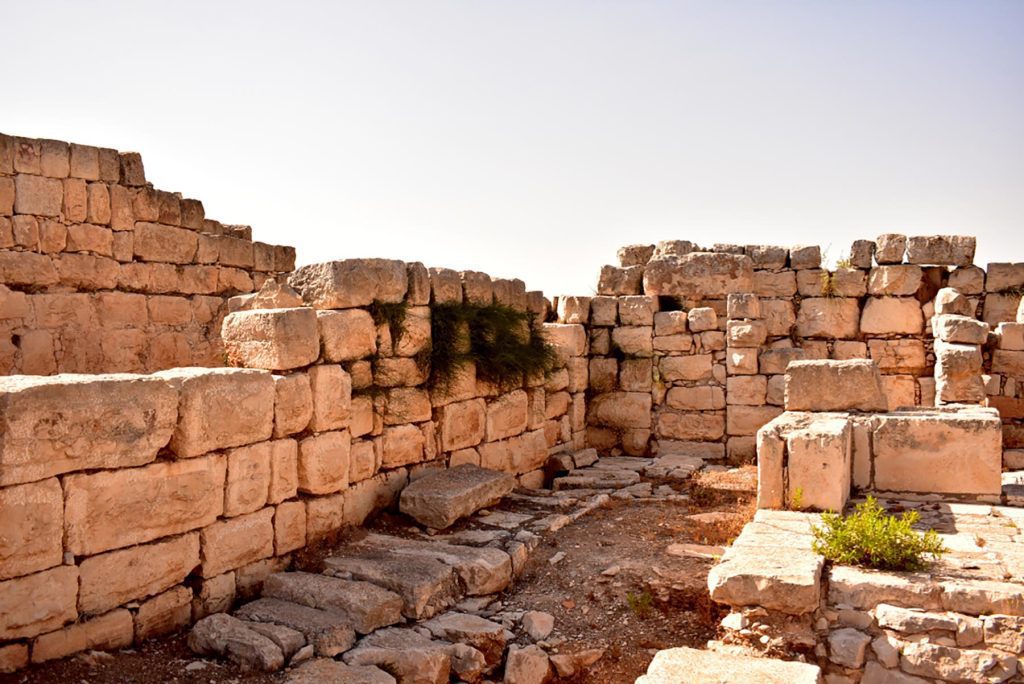Firstly, Samaritans are a unique ethnic located in Israel. To clarify, the word Samaritan means the “Guardians of the Torah”. And they are an ethnoreligious group originating from the Israelites; or Hebrews of the Ancient Near East. But what is Samaritanism? So Samaritanism is internally described as the religion that began with Moses. Unchanged over the millennia that have since passed. Also, Samaritans believe that Judaism and the Jewish Torah have been corrupted by time. And no longer serve the duties God mandated on Mount Sinai. Lastly, Jews view the Temple Mount as the most sacred location in their faith; But Samaritans regard Mount Gerizim as their holiest site. In other words,
Samaritans only follow the Samaritan Pentateuch (the first five books in the Bible). While Jews not just follow the Bible but also believe in the Oral Law (The Mishnah and the Talmud). Samaritans believe that their worship, which is based on the Samaritan Pentateuch, is the true religion of the ancient Israelites from before the Babylonian captivity. And was preserved by those who remained in the Land of Israel.
As opposed to Judaism, which they see as a related; but altered and amended religion. Even brought back by those returning from the Babylonian Captivity. The Samaritans believe that Mount Gerizim was the original Holy Place of Israel from the time that Joshua conquered Canaan. The major issue between Jews and Samaritans has always been the location of the Chosen Place to worship God: The Temple Mount in Jerusalem according to Judaism. Or Mount Gerizim according to Samaritanism
Their Origins
Samaritanism emerged as an independent ethnic culture following its survival of the Assyrian captivity in the 8th century BCE. Now Jewish sources attest their own narrative regarding the origins of the Samaritans. From here there are conflicting proposals: First, including the Samaritans being the people of Kutha described in the Talmud. The traditional Jewish narrative of Second Kings and Josephus details the people of Israel were removed by the king of the Assyrians (Sargon II) to Halah, to Gozan on the Khabur River. And to the towns of the Medes.
The king of the Assyrians then brought people from Babylon, Kutha, Avah, Emath, and Sepharvaim to place in Samaria. Because God sent lions among them to kill them; the king of the Assyrians sent one of the priests from Bethel to teach the new settlers about God’s ordinances. Eventually, the new settlers worshiped both the God of the land and their own gods from the countries from which they came.
Modern genetics partially support both the claims of the Samaritans and the account in the Hebrew Bible (and Talmud), suggesting that the genealogy of the Samaritans lies in some combination of these two accounts. This suggests that the Samaritans remained a genetically isolated population
Furthermore, the Dead Sea scroll 4Q372, which recounts the hope that the northern tribes will return to the land of Joseph, remark that the current dwellers in the north are fools, an enemy people, but they are not explicitly referred to as foreigners. It goes on to say that these people, the Samaritans, mocked Jerusalem and built a temple on a high place (Gerizim) to provoke Israel.
And In What the Samaritans Believe?
Samaritans claim descent from the tribe of Ephraim and tribe of Manasseh (two sons of Joseph). As well as from the Levites, who have links to ancient Samaria from the period of their entry into Canaan. while some Orthodox Jews suggest that it was from the beginning of the Babylonian captivity up to the Samaritan polity under the rule of Baba Rabba. On my private tours, I will take you to all the places that are holy to them!








